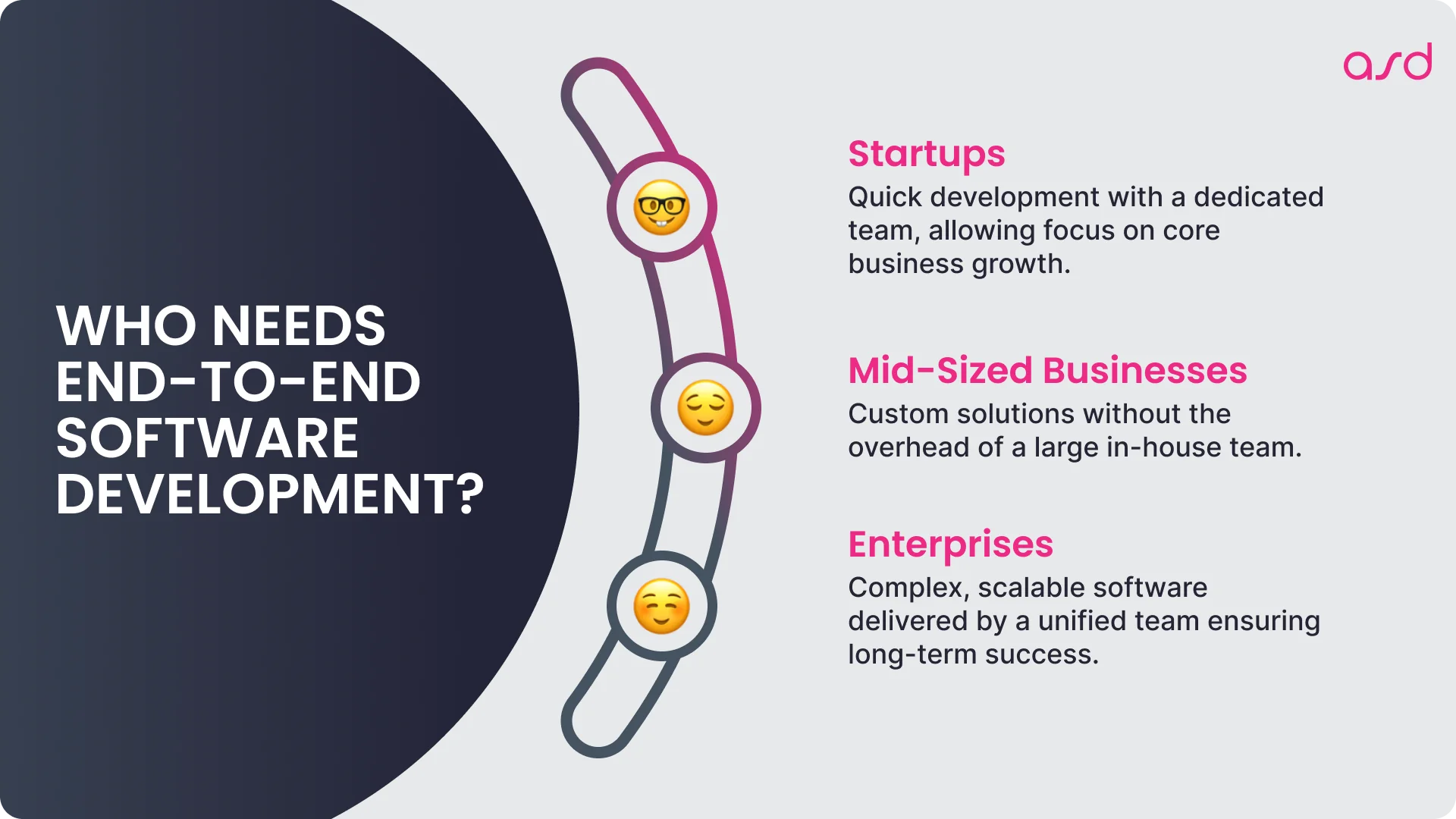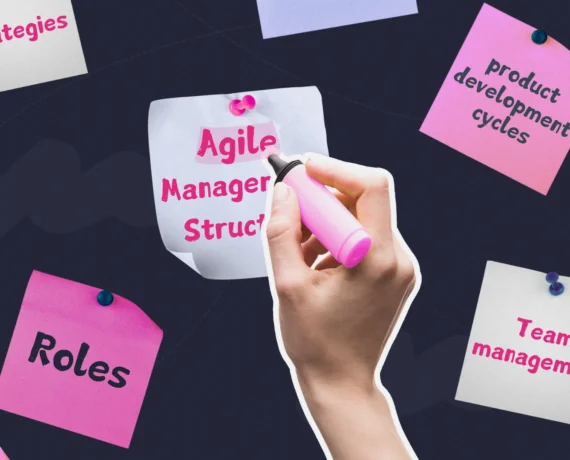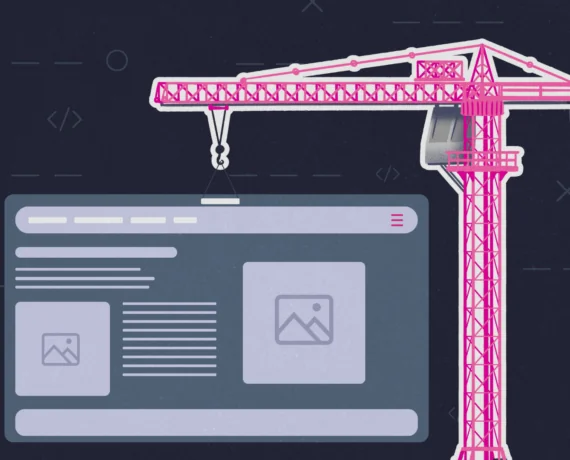Table of Content
- The definition of end-to-end development
- Understanding the Development Life Cycle
- The Importance of a Development Process
- End-to-end development: step-by-step guide
- Who Needs End-to-End Software Development?
- The main advantages of end-to-end development
- Why ASD Team can offer the best ETE development?
- Conclusion
Develop Your Idea into Powerful Software
Book a callNowadays, people live in such a fast-paced world that sometimes it is tough to chase all the new inventions in software development. You only keep a software idea in your mind and decide how to develop your big idea smartly, while others work to make it real. You start searching for developers to work on your product, but realize how much time you have already spent and have little result. But how do companies manage to develop software so fast and qualitatively? The answer is clear: end-to-end development, an end-to-end solution that ensures quality, optimizes efficiency, and reduces costs by eliminating intermediaries. Do you know about it?
In this article, we will:
- define the end-to-end development term
- describe the end-to-end development process
- list the advantages it has
The definition of end-to-end development
End-to-end development is a process of software development using a single and unified team that works on a project from the very beginning till the end of the development. This approach aligns with the software development life cycle, a structured process that encompasses all phases of software development, from idea generation through to maintenance and evolution.
To provide an example, we are going to consider a hypothetical situation.
You have an idea of software but want to test the concept to see its main features work in real-life conditions. In this case, you need custom software development for Startups. Then start to search for developers that will cover all the project needs to meet your expectations. Separately searching for developers takes too much time, so your choice is to go to a company like ours that provides you with a single team of developers. They take responsibility for the whole process, from the start to the end. All you have to do is communicate with the Project Manager and sometimes with developers to discuss all the desirable questions.
Discover about how much does it cost to develop software in 2026
Understanding the Development Life Cycle
The development life cycle is a crucial aspect of end-to-end software development. It encompasses all the stages involved in creating a software product, from conceptualization to deployment and maintenance. Understanding the development life cycle is essential for businesses to ensure that their software development projects are completed efficiently and effectively.
The development life cycle typically consists of several stages, including:
- Concept Development: This stage involves defining the project’s scope, goals, and objectives. It sets the foundation for the entire software development process.
- Design and Prototyping: In this stage, the design and user experience of the software are created, and a prototype is developed. This helps in visualizing the final product and making necessary adjustments early on.
- Development and Testing: The software is developed, and rigorous testing is conducted to ensure that it meets the required standards. This stage is crucial for identifying and fixing bugs before the software is deployed.
- Deployment and Monitoring: The software is deployed, and its performance is closely monitored to ensure that it meets the business objectives. This stage ensures that the software functions as intended in a real-world environment.
- Maintenance and Evolution: The software is maintained, and updates are made to ensure that it remains relevant and effective. Continuous maintenance helps in adapting to changing business needs and technological advancements.
By understanding and following the development life cycle, businesses can ensure that their software development projects are well-organized and aligned with their business objectives, leading to successful end software development.
The Importance of a Comprehensive Development Process
A comprehensive development process is essential for end-to-end software development. It ensures that all stages of the development life cycle are interconnected, allowing for seamless transitions between stages. A comprehensive development process prevents the common pitfalls of siloed development, such as misaligned objectives, inconsistent communication, and disjointed product outcomes.
A comprehensive development process involves:
- Defining Clear Project Goals and Objectives: Establishing what the project aims to achieve from the outset ensures that all team members are aligned and working towards the same end goals.
- Establishing a Clear Development Roadmap: A well-defined roadmap outlines the steps and milestones of the development process, providing a clear path to follow.
- Ensuring Effective Communication: Regular and transparent communication between team members and stakeholders is crucial for addressing issues promptly and keeping everyone on the same page.
- Conducting Regular Testing and Quality Assurance: Continuous testing and quality assurance help in identifying and fixing issues early, ensuring a high-quality final product.
- Deploying the Software in a Controlled Environment: Careful deployment and monitoring ensure that the software performs well in a real-world setting and meets the business objectives.
- Maintaining and Updating the Software: Ongoing maintenance and updates keep the software relevant and effective, adapting to new requirements and technological changes.
By following a comprehensive development process, businesses can achieve a more efficient and effective end software development, resulting in high-quality software solutions that meet their needs.
End-to-end development process: step-by-step guide
Now is the time to consider the process in detail to have a deeper understanding of it.
As for Advance Software Development, the end-to-end development process consists of the following steps:
Pre-development
- Investigation. An accurate and detailed investigation is the key to success, so we research to collect all the possible information about your project, analyze it, and make first predictions about the chance of success.
- Requirements gathering. We gather all the software development requirements for the product to get a whole picture of what the software has to be.
- Approximate estimation and consultation with Business Analyst. After information is collected and analyzed, we can approximately estimate the project cost and consult with our Business Analyst.
Planning
- Developing a plan
- Technology stack. At this stage, we choose a set of technologies and services to use during the development process. This set includes programming languages, frameworks, databases, etc.
Development
This is the step when the actual developing software starts. Commonly it is coding. At our client’s request, we can engage third-parties integrations, API development, MVP Development (if clients want to develop MVP first).
Testing
Quality Assurance is very important during development. Our QA team performs different types of testing to reveal all possible bugs and software flaws. Worth keeping in mind that the earlier you find bugs, the better it is to fix them before the actual release. Additionally, we collect early user feedback to identify potential vulnerabilities and make necessary adjustments.
Deployment and maintenance
After the product is tested and released, proper maintenance is essential. At least in the early stages. Software maintenance aims to fix faults that occur after release and improve productivity. On the request, we can provide our client with technical support.
At every stage, there are Project Managers assigned to your exact project.
Looking for a tech partner for your project?
Who Needs End-to-End Software Development?
End-to-end software development is suitable for businesses of all sizes and types. However, it is particularly beneficial for:
- Startups: End-to-end software development helps startups to develop software quickly and efficiently, without the need for a large development team. This approach allows startups to focus on their core business activities while a dedicated team handles the entire software development process.
- Mid-Sized Businesses: End-to-end software development enables mid-sized businesses to develop software that meets their specific needs, without the need for a large development team. It provides a cost-effective solution that ensures high-quality software development tailored to their business objectives.
- Enterprises: End-to-end software development helps enterprises to develop software that meets their complex needs, while ensuring that it is scalable and maintainable. This approach allows enterprises to leverage the expertise of a unified development team, ensuring that their software solutions are robust and future-proof.

By choosing end-to-end software development, businesses can benefit from a streamlined development process, reduced development costs, and high-quality software solutions that align with their business objectives. Whether you are a startup, mid-sized business, or enterprise, end-to-end software development can help you achieve your software development goals efficiently and effectively.
The main advantages of end-to-end development
The unified team
You collaborate with a single team of software developers who are used to working together. Thankfully, there is no need to communicate and adjust the development process with separate specialists in any field, like generative AI in travel or payment services for the travel industry, for example. That makes the development process easy and more understandable for you and the development team. A software development provider manages the entire process, ensuring all necessary components are delivered seamlessly.
Low budget spending
If you do not have a whole team, you will have to look for each specialist separately. It may sound like no problem, as we have a lot of good specialists to hire, but there are a few drawbacks to this approach:
- you will have to pay each developer will cost much more for you than working with a single team
- you will spend more time to engage each of them in the process (again, if you need more time, that means more money you will spend)
- there will be weak communication between developers
Better product quality
Any software during development will have some bugs, and there is nothing new. But what is vital is how fast and qualitatively they will be fixed. Here is again one more pros to hiring a single team. Due to their unity, it is much easier to find and share bugs or software problems and implement fixing changes.
A precise and definite process
No doubt this advantage is one of the most important among the others. When a team knows every tiny detail of the process and each team member properly executes the role, the development process becomes just an unstoppable flow. Furthermore, team members work long enough together not to be shy or anxious in communication inside the team. It gives freedom to express opinions, which can improve the development process.
Why ASD Team can offer the best ETE development?
- We have solid hands-on experience in travel and related industries software development. Due to that, we can predict what possible result the software will get even before deployment.
- Constant communication with our team. Feedback, meetings, and communication are essential. You will get frequent updates on the process of creating software, ensuring adaptability to customer needs and collaboration with the development team.
- Fast high-quality development. Our established process allows us to ensure a much quicker and high-quality product that meets all the planned requirements and needs of the clients.
Let’s talk about your project? Feel free to ask any additional questions you might have. Our experts will be glad to assist you.

To sum up, we offer end to end solutions in software development, delivering your product in the shortest terms, without wasting your budget, and meeting all the demands, or even be your software project rescue firm. All that, thanks to a well-organized development process and a unified team of experienced developers, PMs, BAs, and QAs, makes it an ideal solution for our customers.
References
- investopedia.com
Questions? Answers!
What are the key stages in end-to-end development?
The key stages include pre-development (investigation, requirements gathering), planning (developing a plan, choosing technology stack), development (coding, integrations), testing (quality assurance, user feedback), and deployment and maintenance. A Project Manager oversees each stage to ensure smooth execution and communication throughout the process.
What types of businesses benefit most from end-to-end development?
End-to-end development is particularly valuable for startups, mid-sized businesses, and enterprises. Startups benefit from quick and efficient development without needing a large in-house team. Mid-sized businesses get cost-effective custom solutions, while enterprises receive scalable and maintainable software that meets complex requirements.
What is end-to-end software development?
End-to-end software development covers the entire process, from initial concept and planning to deployment and maintenance. It ensures all phases are managed seamlessly by a single team, improving coordination and efficiency.
How does end-to-end development improve project outcomes?
With a single team handling everything, there’s better communication, fewer misunderstandings, and a more cohesive final product. It ensures consistency, quality, and faster problem resolution throughout the project lifecycle.
Is end-to-end development cost-effective?
Yes! It can be more cost-effective by reducing the need for multiple vendors, minimizing integration issues, and streamlining workflows. This approach often leads to quicker delivery times and lower overall costs.



